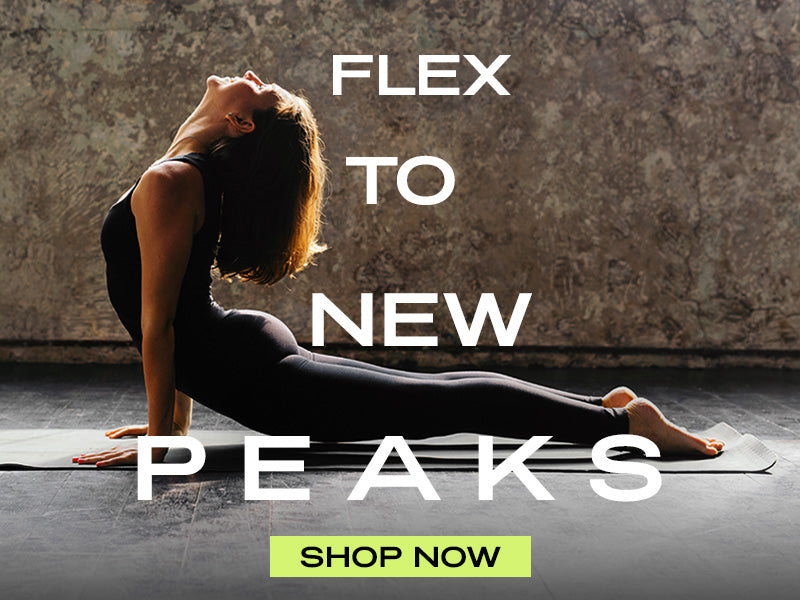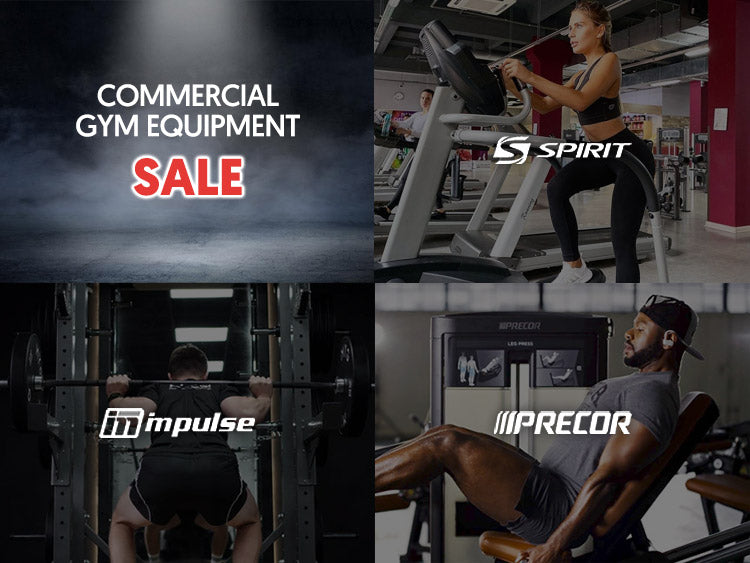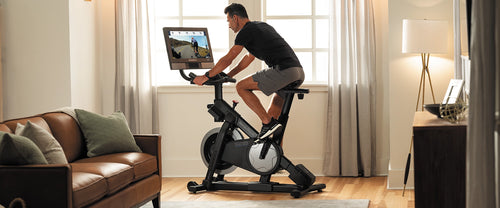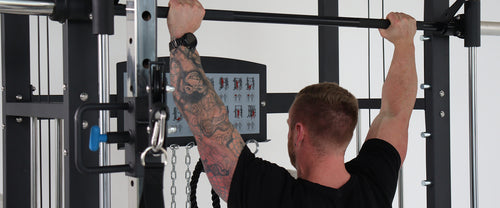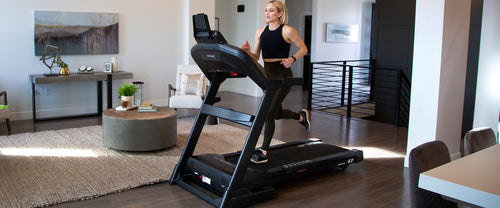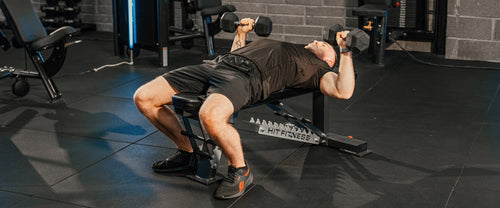There are a multitude of options available, such as squat stands, half racks, power racks, half racks, and even squat cages. With so many options to choose from, it can be hard to know where to start. We’ve created this buying guide for you to lay out all considerations before investing into this piece of kit. Let's run through some factors to consider before buying a squat rack.
1. What is it being used for?
It's important to outline what the rack will be used for to help us make our decision. Take a look at what your potential fitness goals may look like before purchasing a squat rack. Is it basic exercises you’re looking to achieve, or are you striving to lift heavier weights? This may dictate what style of rack is best suited for the weight load.
If you are serious about lifting, a squat cage or power rack may be best suited towards your goals.
The benefits of squat cage or power racks are that they offer maximum safety and stability when dealing with higher weight ranges. If you're new to fitness and just starting out, a squat stand or a half rack could be a better choice. These options are also ideal if you’re dealing with limited space, as squat stands can be stored to the side easily.

2. Size & Space
As we spoke about above, space and size will dictate what the best choice will be. In recent years , many of us have transitioned to working out at home. This means that everyone's space availability is different, so it is important to make a choice that will optimise the area you have to work with.
Larger racks such as the power rack, squat cage, or half rack takes up a considerably larger portion of space than a squat stand would. Be sure to measure out your space beforehand, and also consider leaving yourself room in the area surrounding your rack to allow yourself a working area.
3. Price
Squat racks are not the cheapest piece of fitness equipment on the market. The reason for this is that they are a fundamental piece of kit to enable you to perform many important compound movements. Because of their price, it's important to consider your budget before making a purchase.
Basic squat stands and benches are generally less expensive than power racks and squat cages. However, these options may not offer as many features and may not be as durable as more expensive options.
Adjustable squat racks are also on the more expensive side, but they offer so much versatility, making them a good investment.

4. Safety Features
Safety is a huge priority to anyone who is lifting weights, especially heavy ones. You may need features such as safety bars or spotters for the exercises you are performing. Having these elements will allow you to lift heavier weights, and not need a training partner.
A lot of people either enjoy working out alone, or many do not have access to train with a partner everyday, so including these features in your purchase allows for more flexibility.
5. Versatility
Again touching on your fitness goals, considering the exercises you want to perform when selecting a squat rack is important. You may be looking to perform some specific movements or accessory work, and you want to ensure your rack will cater for this.
For example, if you opt to add on a cable pulley system, a squat stand won't be suitable for this. Or maybe you’re looking to add on a landmine attachment in the future? Ensure the rack you purchase can accommodate these add ons.

Final thoughts
When purchasing a squat rack the main thing to first consider is what you need it for. Will it suit your fitness goals, will it be able to take the weight ranges you're looking to work with? Take a look at your space and build out an optimised space including your rack. Finally, set out a budget and take a look at what racks may be within your price range and cater for your fitness needs.
